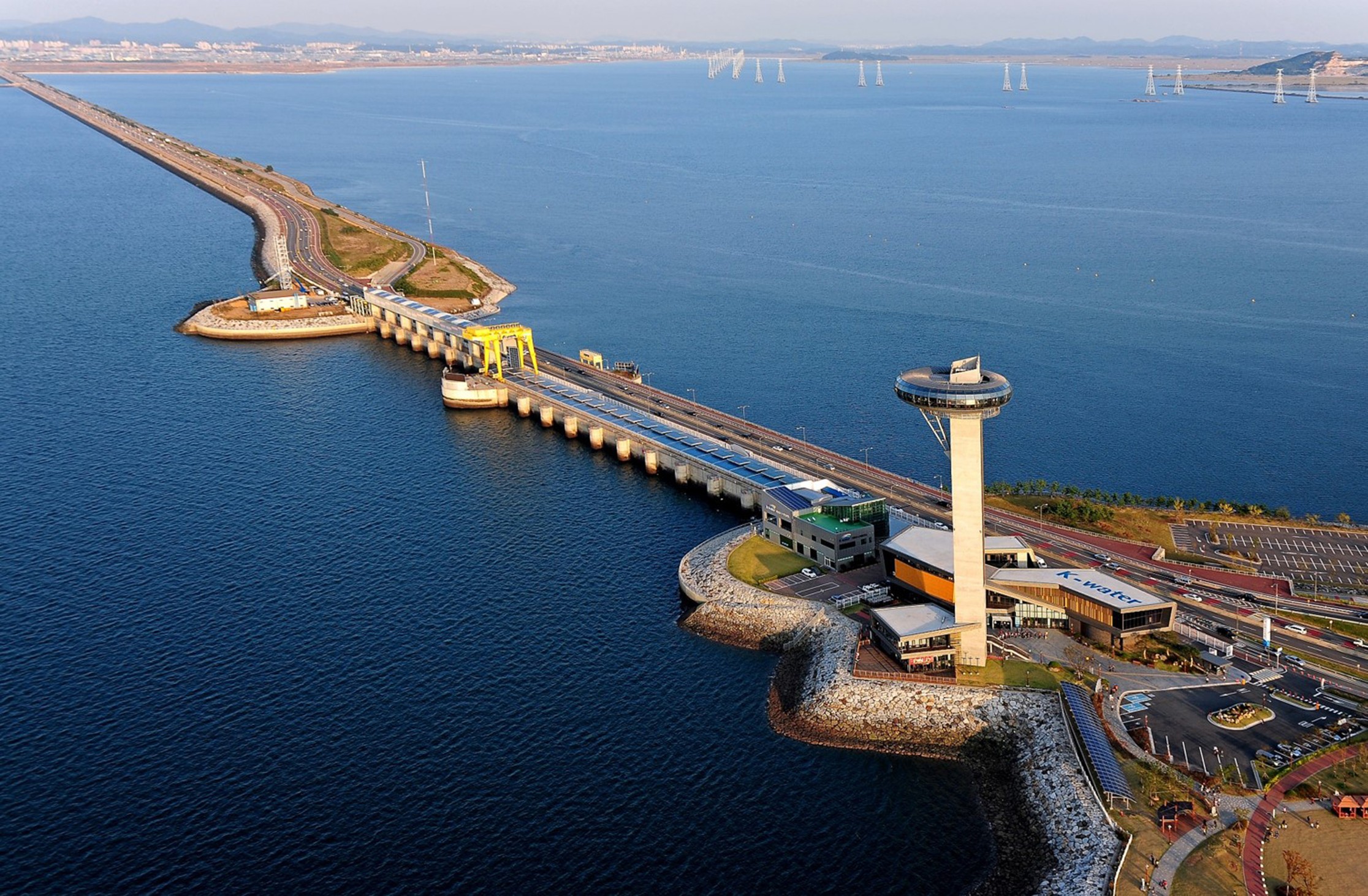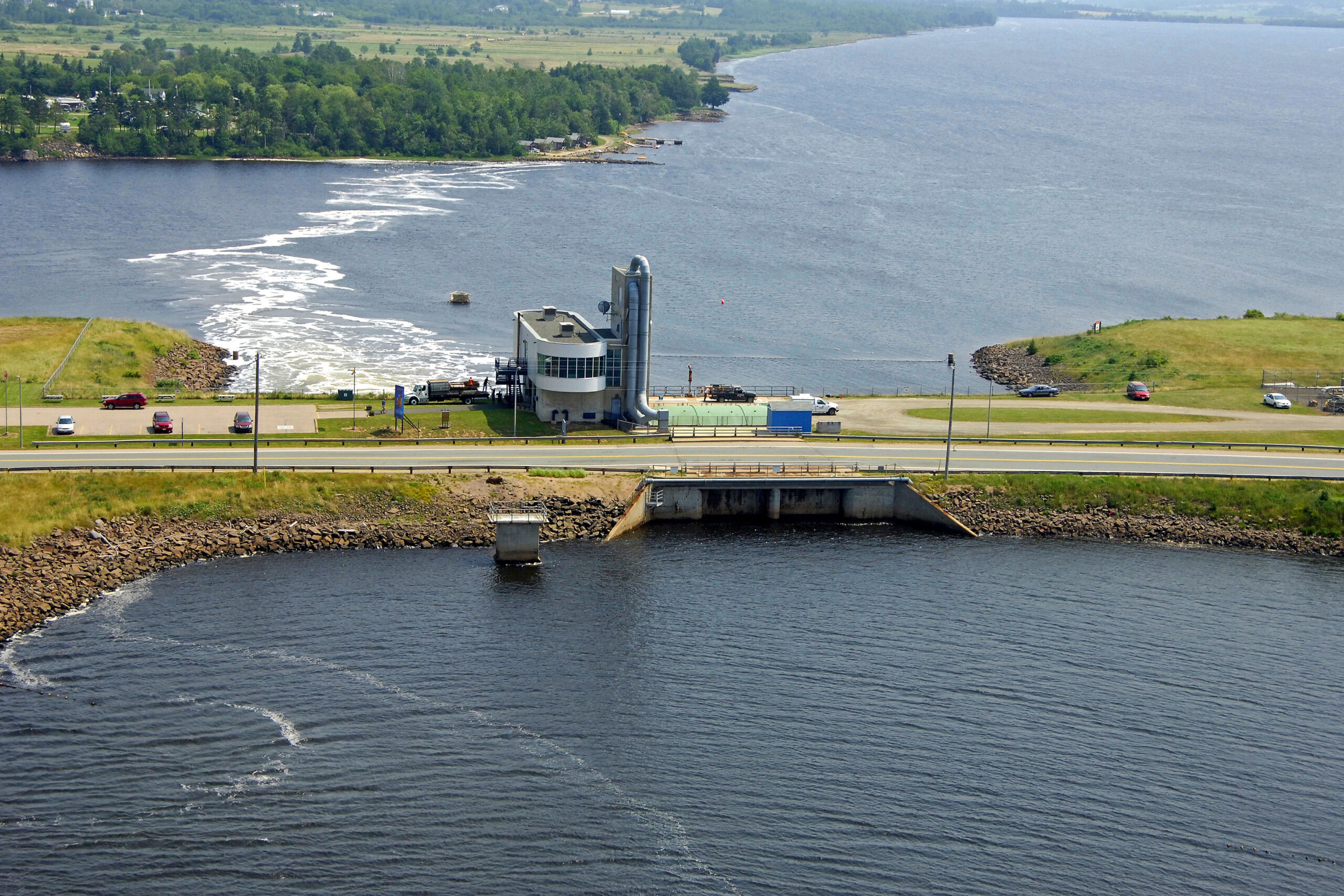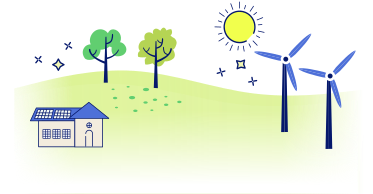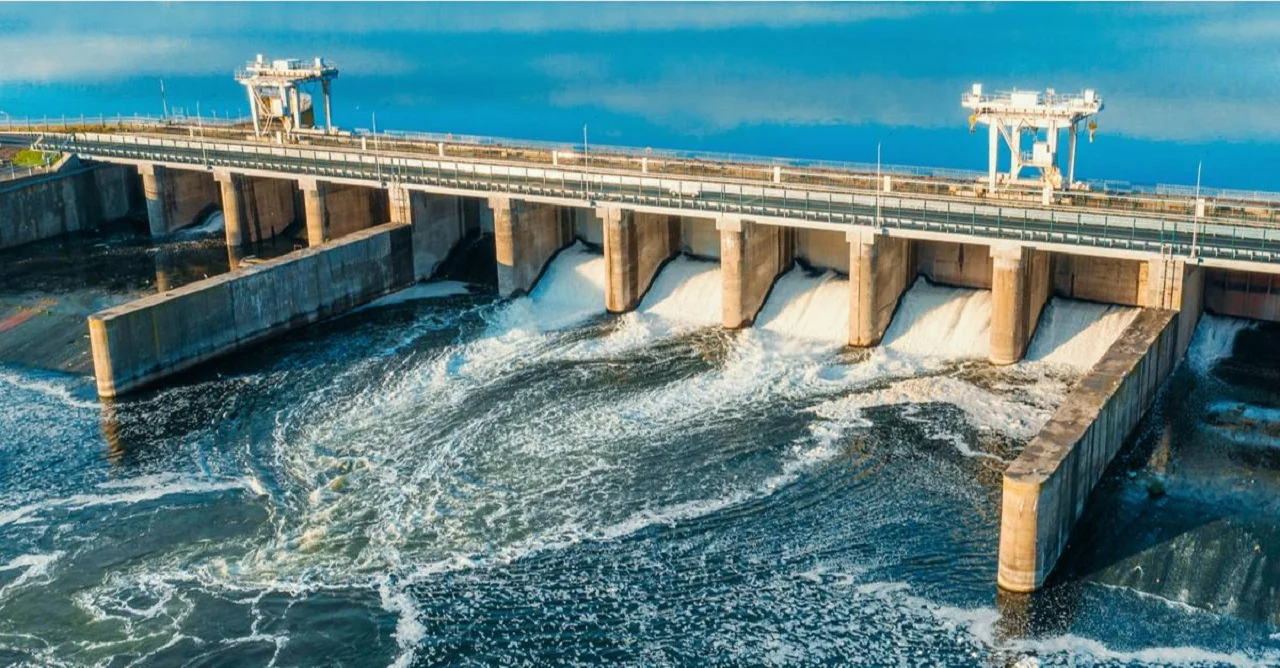This article is your complete guide to understanding what is tidal power. And believe it or not, tidal power is all around us! Every body of water creates tidal movement. The gravitational pull of the moon and sun, along with the rotation of the earth, creates tides in the oceans. In certain locations, tides cause water levels near the shore to rise and fall by up to 40 feet! This large tidal flow is crucial to the production of tidal power and it’s uses in the energy sector. This guide will not only cover what tidal energy is but also what is tidal energy used for.
Here at The Energy Professor, we want to give you the information you need to not only save money on your energy bill, but to also become more energy efficient. We hope find this post helpful! And makes it easier for you to know more about the tidal energy definition. Be sure to also check out our one of a kind energy savings calculator!
The Energy Professor Electricity Rate Check Tool
What is Tidal Energy?
First, let’s define tidal energy. This form of energy harnesses the rise and fall of oceanic tides. Doing this to capture the potential of kinetic energy which is then converted into various other energy forms. Over a thousand years ago, people in Europe utilized water movement to power grain mills. Nowadays, there are tidal power services designed to generate electricity. However, in order to produce tidal energy economically, a minimum tidal range of 10 feet is required. This poses an issue to use tidal power in many areas in the world.
Why is Tidal Energy not widely used?
- Tidal power holds great promise as a renewable energy source. But its expansion is hindered by production costs, a limited number of suitable locations, and technological challenges.
The conditions for tidal power is more particular than solar and wind energy combined! The typical tidal range for most shorelines is only 3 feet. As we stated above, the minimum range needed for tidal energy generation is 10 feet. Now that we have learned what tidal energy is, let’s dive into how we harness energy.
Related Post: Energy rates by state
Tidal Barrages
The main way to harness power from the ebb and flow of water is by using a tidal barrage. But what exactly are tidal barrages? They are a type of tidal energy system that utilizes a structure (called a barrage) which resembles a dam. Typically, barrages are built across an inlet of an ocean bay or lagoon. This creates a tidal basin that is needed to produce sufficient energy. Specialized gates on the barrage are used to regulate water levels and flow rates. And enables the tidal basin to fill during high tides and empty through an electricity turbine system during low tides. This two-way tidal power system allows the barrage to generate electricity from both the incoming and outgoing tides.
How many Tidal Barrages are in operation?
- Shockingly there are less than 12 operational barrages around the world. And there are only two that are operating at a large scale. The Sihwa Lake Tidal Power Station in South Korea and the La Rance Tidal Power Station in France.
The tidal barrage, that produces the most power is the Sihwa Lake Tidal Power Station in South Korea. It reaches an impressive 254 megawatts (MW). The second largest is the La Rance facility in France. This facility also holds the title of the oldest tidal power plant. And has a capacity of 240 MW. Additionally, Annapolis Royal in Nova Scotia, Canada, hosts the next largest tidal power plant. This third ranking plant is capable of generating 20 MW of electricity. Smaller tidal power plants can also be found in China, Russia, and South Korea.
Related Post: Top Energy Saving Tips
What is Tidal Energy Used For?

Think of tidal energy as another form of sustainable green energy. Similar to the likes of solar or wind power, tidal power is a natural form of energy that doesn’t call for the need to burn fossil fuels. This, like all sustainable energy sources, is able to be transformed into an all encompassing power source. Thanks to the moon, we can harvest the tidal wave energy that is produced naturally to supply electricity to our homes and businesses. Another way of harvesting this energy is by using a tidal turbine. Tidal turbines work just like wind turbines. Except they use the ocean currents instead of air currents. The spinning turbine is connected to another device that produces the electricity. The electricity then travels through wires to a city where people like you and I can use it!
What are Tidal Turbines?
- Tidal turbines are essentially giant fans. Similar to wind turbines, these fans are placed in the water to produce energy from water currents.
The best way to capture tidal energy is to place the tidal turbine in a narrow channel between two land masses. When the tide comes in, the water rises on one side of the channel and pours down the channel to the other side. When the tide goes out, the water on the higher side pours back through the channel where the water level has dropped. It is best if the high tide in the channel is 10 to 15 meters (around 30 to 50 feet) higher than the low tide.
Related Post: How to Conserve Water
Advantages of Wave Energy and Disadvantages

All sources of renewable energy come with their unique sets of pros and cons. Check out our pros and cons to solar power article here! In most cases of a more sustainable way of harnessing power, the advantages of wave energy and disadvantages tend to cancel each other out. Also in line with solar and wind power, tidal turbines do not come cheap. One single tidal turbine can cost anywhere between 3-15 million dollars! Making it one of the most expensive renewable energy sources on the planet. But while the price tag is an issue, there are also major pros to hydro power. Let’s review the pros and cons below!
Pros & Cons of Tidal Energy
Pros:
- Another form of renewable energy
- Zero carbon emissions
- Predictable energy generation
- High power output
Cons:
- Specific site restrictions
- Costly
- Environmental impact
- Energy demand
Tidal power generators gave potential to gain popularity as new technologies advance. However for now, tidal wave energy power plants tend to have a significant impact on the surrounding ecosystem. Not to mention the enormous price tag and limited usable locations. But as technology continues to improve, we will hopefully have better access to access the energy of the ocean.
Related Post: Pros and Cons of Wind Energy
Tidal Energy FAQ

Q: What is tidal energy and how is it used?
A: Tidal energy is a form of hydropower that has incredible potential to power our future. And its uses are used like any other form of renewable energy!
Q: What is a simple definition of tidal energy?
A: The simplest way to define tidal energy is to think of it like a wind turbine. It works the same way but instead of using the movement of the wind, it uses the movement of the ocean!
Q: Is tidal energy the same as water energy?
A: Yes, both types of energy are harvested the same way!
Q: Why don’t we use tidal energy?
A: There are many reasons that this type of sustainable power is not widely used. The most glaring reason is because of the massive upfront cost. But other factors such as a suitable location also play into the low numbers of hydro power plants.
Do you Need Cheaper Electricity?
If you’ve taken the time to understand the information on your bill and discovered you’re paying more than you’d like for your electricity, have you looked around for a cheaper deal? The Energy Professor has a wealth of information on ways to save on your utilities, including details of top deals that could significantly reduce your monthly or quarterly electricity bills.
We hope you found this article helpful! If you are looking for ways to increase the energy efficiency and sustainability in your home be sure to take a look at all of the latest renewable energy options in your area. The Energy Professor helps residential and small business owners find qualified energy suppliers in New York, New Jersey, Pennsylvania, Texas, Ohio, Maryland, Illinois, and Massachusetts




